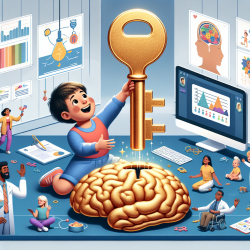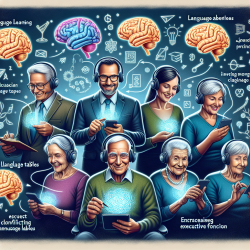As practitioners dedicated to improving the lives of children with Autism Spectrum Disorder (ASD), it's crucial to stay updated with the latest research and integrate these findings into our therapeutic approaches. A recent literature review titled "Emotional dysregulation as a part of the autism spectrum continuum: a literature review from late childhood to adulthood" sheds light on the critical role of emotional dysregulation (ED) in ASD. Here’s how you can leverage these insights to enhance your practice.
Understanding Emotional Dysregulation in ASD
Emotional dysregulation refers to the inability to modulate emotional responses, often leading to functioning below the baseline. The study indicates that core features of ASD, such as repetitive behaviors and social difficulties, significantly contribute to ED. Understanding these connections is the first step toward effective intervention.
Implementing Research Outcomes
Here are some actionable strategies based on the study's findings:
- Focus on Repetitive Behaviors: The study found a strong association between ED and repetitive behaviors. Incorporate interventions that address these behaviors to improve emotional regulation.
- Utilize Adaptive Strategies: Encourage the use of adaptive emotion regulation strategies such as problem-solving and cognitive reappraisal. Avoid maladaptive strategies like suppression.
- Address Alexithymia: Alexithymia, or difficulty in identifying and expressing emotions, is closely linked to ED in ASD. Integrate therapies that enhance emotional awareness and expression.
Encouraging Further Research
While the study provides valuable insights, there is a need for further research to explore the bio-neurological correlates of ED in ASD. Encourage your peers and colleagues to delve deeper into this subject to develop more effective therapeutic interventions.
Therapeutic Perspectives
Non-pharmacological approaches, such as Cognitive Behavioral Therapy (CBT) and Dialectical Behavior Therapy (DBT), have shown promise in addressing ED in ASD. Incorporate these evidence-based practices into your therapy sessions to achieve better outcomes.
To read the original research paper, please follow this link: Emotional dysregulation as a part of the autism spectrum continuum: a literature review from late childhood to adulthood.










